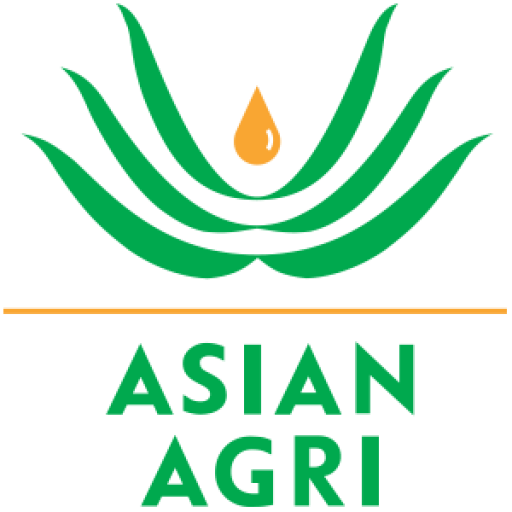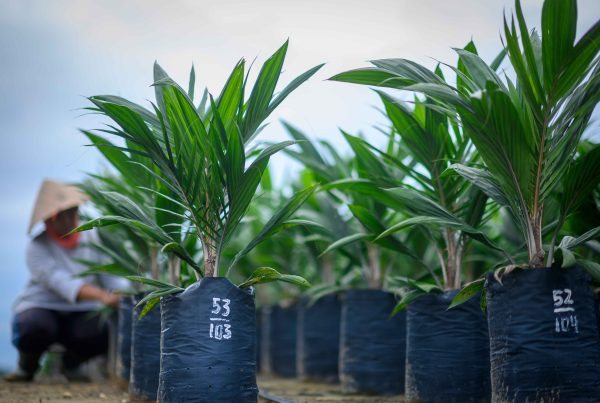Growing oil palms is a mainstay of the local economy in Mekar Jaya Village in Riau Province, and since 2018 the wives of our smallholder farmers have been putting leftover palm fronds to good use – by creating and marketing handicrafts.
The women have even built a gallery, called Maju Jaya Lidi, to sell their handicrafts.
The palm fronds are used to make various crafts, such as plates, trays, fruit holders and glass holders, which help boost the local economy.
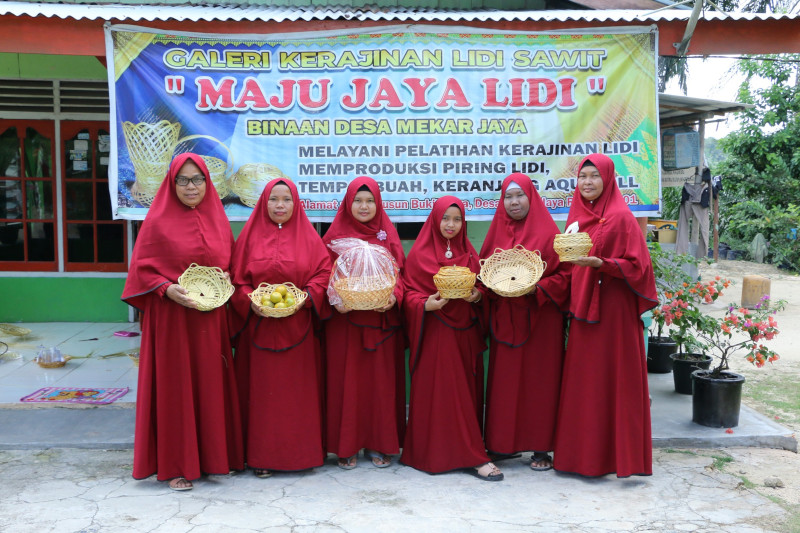
Siti Aisyah, the youngest member and also the Chair of the Maju Jaya Lidi Gallery said, “We chose this particular business because the raw materials were available in our own plantations, so when harvesting, we took the midrib and reprocessed it into palm woven crafts. The village women who are interested to join our community will be trained at the Mekar Jaya Village Office.”
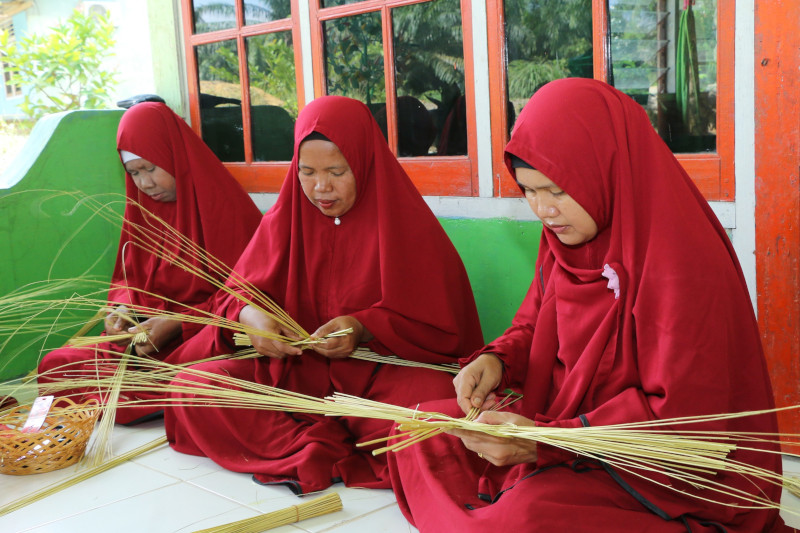
The ribs from the fronds are cleaned and then shaved using a stick shaver machine. After that, the palm sticks can be woven into various items, then varnished to change the color and make it more durable and shiny, after which it’s ready for sale. It takes about an hour to produce a beautiful plate.
Aside from providing a communal activity, it also helps the women support the family income. Klumpuk, one of the members of Maju Jaya Lidi who is also Asian Agri’s oil palm farmer partner, said, “I am currently in the replanting period, so I need another business, that’s why I joined this community to produce handicraft as an alternative income for my family.”
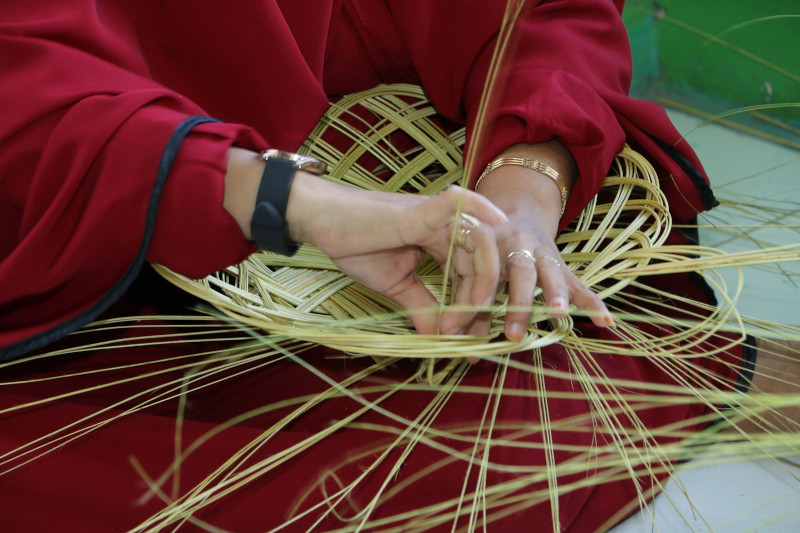
The women are able to make around IDR1.5 million each per month (around US$103).
“Currently we are still running our own marketing, some are selling fruit boxes to fruit shops that can be used for parcels, some are through department stores, some are online, so we hope that someone will market the crafts of the residents here,” explained Aisyah.
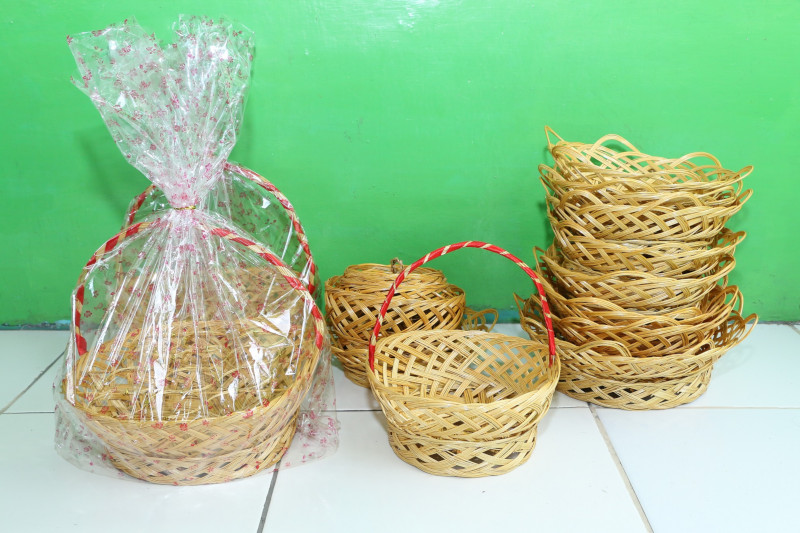
And the goods are not only for sale. “Our woven plates can also be rented if someone is holding a wedding party or other formal event,” added Aisyah. It’s proven to be an ideal business for the village, which is surrounded by oil palm plantations.
“It’s easy to get the raw materials, especially for those who live surrounded by oil palm plantations,” said Aisyah. “Thanks to the creativity of palm oil farmers’ families converting fronds into handicraft products, the economy of the villagers has also improved, as well as turning their spare time into money.”
